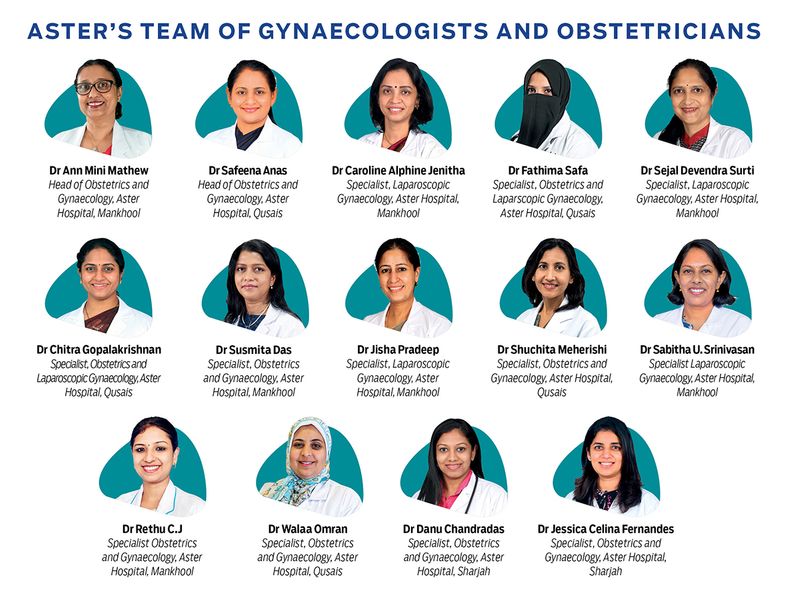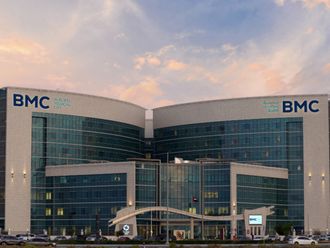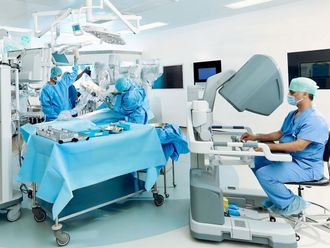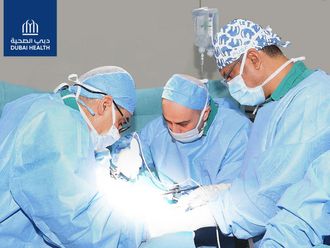
Having a baby is one of the beautiful moments in a couple’s life. It is not just about couples; the arrival of a newborn fills a family with happiness and joy.
From conception to delivery, becoming a parent is a long journey. However, some pregnancies become high risk, and many factors contribute to high-risk pregnancies. The obstetrics and gynecology department across Aster hospitals offers world-class care and delivers the best results to all aspiring and to-be mothers and fathers.
The doctors here possess extensive experience in dealing with all sorts of pregnancies and are supported by trained clinical staff and state-of-the-art facilities.
Aster Hospitals offers comprehensive care for women, providing world-class maternity and gynecology services in a safe and quality assured setting. The medical team is the best in handling high-risk pregnancies with a critical care unit in the delivery suite. Here the doctors at Aster hospital discuss some of the most pertinent questions related to high-risk pregnancy.
What is a high-risk pregnancy?
While all pregnancies carry risks, a high-risk pregnancy has increased health risks for the pregnant woman, foetus (unborn baby), or both. They would need extra care before, during, and after they deliver the baby.
However, having a high-risk pregnancy does not mean that the mother or the baby will have any problems.
What are the factors causing high-risk pregnancy?
There are many factors that can cause high-risk pregnancy.
Pre-existing health conditions such as autoimmune diseases, diabetes, fibroids, hypertension, kidney ailments, mental health disorders, obesity, polycystic ovary syndrome (PCOS), thyroid or blood clotting disorders.
Pregnancy-related health conditions like birth defects or genetic conditions in the unborn baby, poor growth of the foetus, gestational diabetes, multiple gestations (twins/triplets), preeclampsia and eclampsia, history of preterm labour or pregnancy-related complications.
Lifestyle factors such as smoking, drug addiction, alcohol abuse, and exposure to certain toxins.
People who get pregnant for the first time after the age of 35 and who are below 17 can have a high-risk pregnancy.

What are the signs and symptoms of a high-risk pregnancy?
Pregnant women must consult a doctor if they experience any of the following symptoms during pregnancy.
Abdominal pain
Chest pain
Dizziness or fainting
Extreme fatigue
Heart palpitations
Swelling, redness or pain in face or limbs
Trouble breathing
Vaginal bleeding or discharge
How is high-risk pregnancy diagnosed and monitored?
Proper and thorough prenatal care is critical when it comes to pregnancy. It is the best way to detect and diagnose a high-risk pregnancy. Tests to monitor your health and the health of your unborn baby may include:
Blood and urine tests to check for genetic conditions or certain birth defects in your baby.
Ultrasonography uses sound waves to create images of your baby in the womb to screen for birth defects.
Monitoring to ensure your unborn baby is getting enough oxygen, such as a biophysical profile, which monitors their breathing, movements, and amniotic fluid using ultrasound, and a non-stress test, which monitors their heart rate.
How is high-risk pregnancy managed?
Management for a high-risk pregnancy will vary from person to person.
Closer follow-up with the doctor
Consultation with a maternal-foetal medicine (high-risk pregnancy) specialist
Consultation with other medical specialists
More ultrasounds and closer foetal evaluation
Home blood pressure monitoring
Careful monitoring of medications used to manage pre-existing conditions
How can I prevent a high-risk pregnancy?
You can reduce your risk of pregnancy complications by:
Avoiding drugs and alcohol
Identifying potential health risks before getting pregnant and discussing your familial and personal medical history with the doctor
Maintaining a healthy body weight before pregnancy
Managing any pre-existing health conditions
Making sure any long-term medications are safe to take during pregnancy
Quit smoking
Planning pregnancies between the ages of 18 and 34
Practising safe sex
“Painful periods are not normal, it could be endometriosis”
Endometriosis is a gynaecological condition that affects women, particularly those of childbearing age. It affects about 10 per cent of women. Despite being widely prevalent, it is one of the most poorly diagnosed conditions among women. The endometriosis clinic at Aster Hospital offers comprehensive treatment for the condition. Led by a multidisciplinary team of doctors, the department aims to diagnose and treat the cases.
Dr Antonio Privitera, Consultant Colorectal Surgeon, talks about endometriosis, its symptoms, and the treatment offered at Aster Hospitals in the UAE.
What is endometriosis?
Endometriosis occurs when tissues like those that line the inside of the uterus grow outside the organ. During every menstrual cycle, these tissues inside the uterus build up and shed if the woman is not pregnant. However, in endometriosis, these tissues grow outside the uterus – inside the pelvis or the abdominal cavity. During each menstrual cycle, these misplaced tissues build up and shed outside the uterus to cause bleeding. It leads to inflammation, swelling, and scarring.
How does endometriosis affect the life of a woman?
The most common symptoms of endometriosis are severely painful menstrual cycles accompanied by debilitating menstrual cramps. Women with endometriosis also experience abnormal or heavy menstrual flow. Other symptoms include painful urination and bowel movements, and other gastrointestinal problems during menstruation.
How does endometriosis cause infertility?
According to the American Society for Reproductive Medicine, endometriosis is the cause of infertility among 24-50 per cent of women.
Endometriosis can impair the release of the egg from the ovary and cause infertility among women of childbearing age. In these women, we can restore fertility through a surgical procedure, removing adhesions, cysts, and scar tissues.
Why is endometriosis a poorly diagnosed condition among women?
The primary reason is that women neglect the symptoms of endometriosis. The diagnosis happens when they consult a doctor for infertility or other severe symptoms.
Women who experience severely debilitating pain during menstruation should consult a doctor and rule out the possibility of endometriosis to avoid complications. In the initial stages, medicines will help treat endometriosis. Once the condition progresses and becomes severe, one may need to undergo a surgical procedure for the cure.
Aster hospitals offer minimally invasive, non-surgical, scarless fibroid treatment
One in three women develops fibroids once in her lifetime. Many women are diagnosed with fibroids during a gynaecological examination. Fibroids usually do not present any symptoms. However, in some cases, patients experience heavy and painful periods, abdominal and lower back pain, frequent need to urinate, constipation, and pain during sex. Though rare, fibroids can also affect pregnancy or cause fertility.
Even after a diagnosis, women avoid treating fibroids due to the longer recovery period after a laparoscopic procedure. Aster has now introduced an innovative treatment option that is minimally invasive, scarless, and non-surgical. Above all, the person can return to their routine lives in a single day.
Dr Sandeep Burathoki, consultant interventional neuroradiology at Aster Hospital, discusses the risk factors of fibroids and the innovative treatment offered at Aster Hospitals.
What are fibroids?
Fibroids are non-cancerous growths that form in or near the womb (uterus).
Who is at risk for fibroids?
Women of childbearing age possess a greater risk of developing fibroids, particularly those in their 30s and 40s and up until menopause. Other risk factors of fibroids are family history and obesity.
What unique treatment do Aster hospitals offer?
Doctors at Aster perform an innovative procedure called Uterine Fibroid Embolisation to treat fibroids. It is minimally invasive, scarless, and non-surgical. There is no hospital stay required, and recovery is faster. During the procedure, we restrict the blood supply to the fibroid tumours making them shrink. Uterine fibroid embolisation is a very effective procedure with an approximate success rate of 85 per cent.
To consult any experts at Aster Hospitals,
call 044 400500 or visit www.asterhospitals.ae















